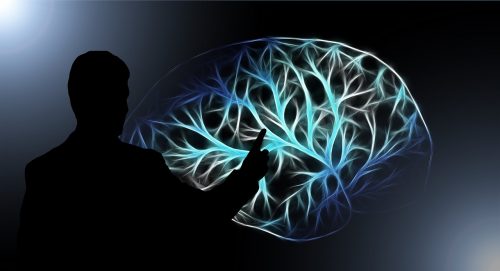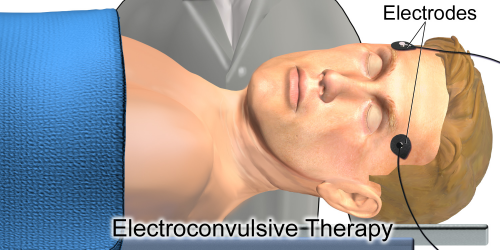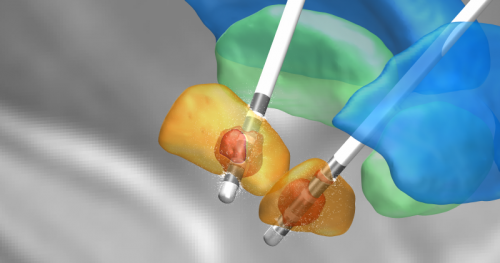
Despite numerous research and studies were done to understand the etiology and cure of mental health further, there are still unanswered questions about how the mind functions. Mental illnesses are their all-time high. The increase in statistics may be attributed to the decreasing level of stigma associated with having a psychological disorder rather than the actual numbers. More and more people are seeking help and submitting themselves to the therapy session to manage their emotions or handle the stresses of everyday life which can further aggravate the person’s problem. People are familiar with the pharmacological approach and the importance of behavioral and talk therapy, but beyond this traditional accepted Western psychiatric management, unconventional and controversial procedures are often dealt with caution and at times, apprehension. There are alternative therapies available with a somewhat strange way of dealing with psychiatric disorders, but research and studies support its effectivity.
Electroconvulsive therapy (ECT)

This was first used in the 1930s which involves placing electrodes on the temporal aspect of the client’s head. Scientists believed that the treatment can help regulate transmissions of brain chemicals via electrocution. The grand-mal seizure that the electric current produces can last from 30 to 60 seconds. The treatment was tagged controversial, and in the early years of the therapy, patients were not given anesthesia and muscle relaxants to help them calm down, and the high levels of electricity were used. Nowadays, the treatment is much safer because it already utilizes pre-medications to alleviate pain and a controlled dose of electricity is given; however, the side effects still remain to be a short-term memory and in rare instances, precipitate heart problems. Due to the potential side effect, ECT is considered as the last option and should never be given as the first line of treatment. It is prescribed to people who have tried and exhausted all available options but still unsuccessful in managing their disorder. The therapy is utilized to treat patients who are diagnosed with major depression, with high risk for suicide, catatonic schizophrenia, and mania.
Transcranial magnetic stimulation
This is also considered an unconventional treatment. The treatment uses magnetic fields to change the activity in some areas of the brain. It entails placing an electrode coil on the forehead. The exact mechanism of action of the treatment is still unknown, but it is believed that the magnetic field may stimulate regions of the brain that is involved in mood control. In 2018, transcranial magnetic stimulation was approved as a treatment for unresolved depression and unresponsive with any other therapies. The side effects of this therapy are facial twitching, lightheadedness, seizures and hearing loss.
Deep brain stimulation

It involves implanting a device that sends electrical impulses in the brain and is being investigated for the treatment of severe obsessive-compulsive disorder, depression and drug addiction. This therapy is an accepted and approved treatment for tremors in patients with Parkinson’s disease and dystonia. In 2009, the Food and Drug Administration approved deep brain stimulation as the treatment for obsessive-compulsive disorder with the condition that patients need to try other treatment for at least five years before qualifying for the said procedure. In short, it is a last option type of therapy.
No matter how unusual and unexplainable these treatments may be; the results speak for itself. Always seek the advice of experts regarding these matters.